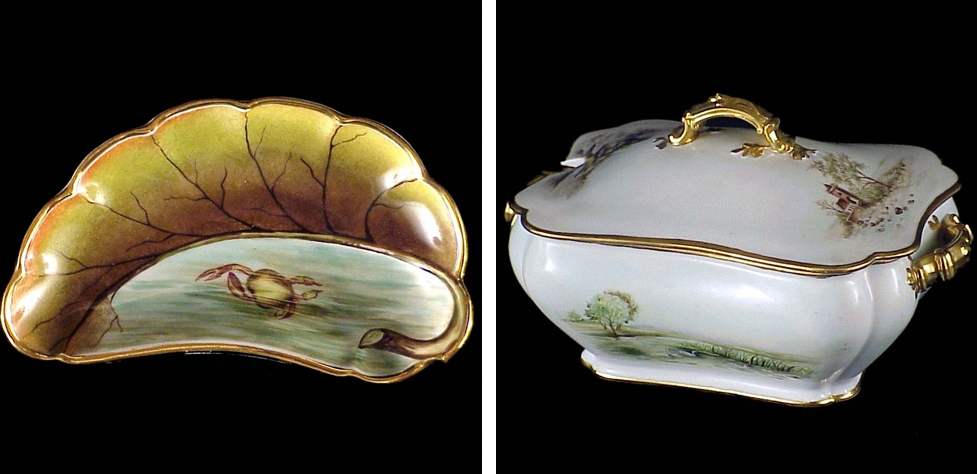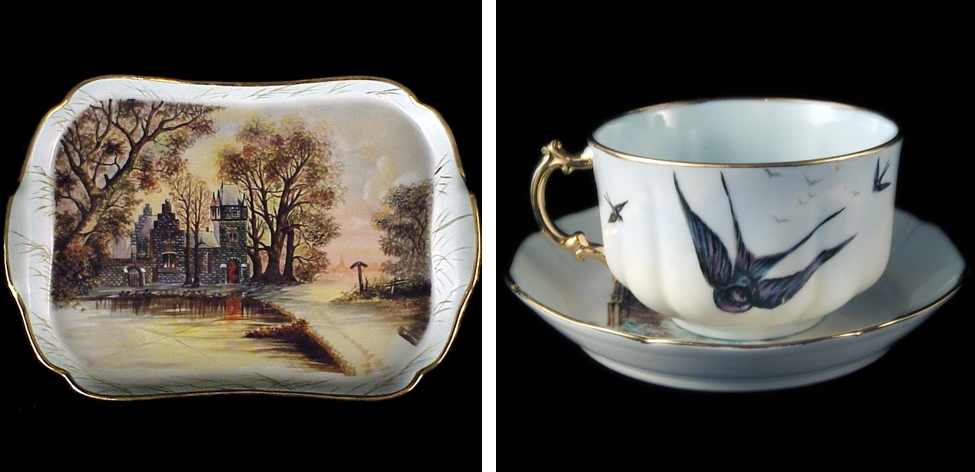
Porcelain Painting, an Art to Be Discovered
Exhibition of works by Joséphine Viau
Did you know that SNJM’s were pioneers in the teaching of porcelain painting in boarding schools in Quebec? While this art was flourishing in Europe and in English-speaking America, SNJM students, towards the end of the 19th century, were the first students in Quebec to benefit from this technique.
Inspired by photos or actual models of the time, the students exercised their creativity using slabs of porcelain imported from Austria, Germany and France (especially Limoges). Each work required three or four firings, if not more, depending on the colors applied. One can only imagine the amount of time and patience required to produce these treasures.
Temporary exhibition
The temporary exhibition, being presented from June 12 to September 2 at Saint-Antoine-de-Padoue Cocathedral Museum in Longueuil, will focus on a part of Joséphine Viau's work. This daughter of the founder of Viau Biscuits began her studies at Hochelaga Boarding School in 1881 and went on to become an SNJM Sister in 1893. The exhibition, produced in collaboration with the City of Longueuil, will present pieces linked to the theme of water.
In the context of the 2019 SNJM archives exhibition, several other pieces illustrating Joséphine Viau’s talent will be on display in various places at the Congregational House. Works by other SNJM artists will complete the overview of this very particular aspect of SNJM art education.
By promoting this teaching in its boarding schools, the Congregation enabled Sisters to acquire skills from renowned teachers and to pass these skills on to both students and other religious Congregations.
What happened to this art?
It is evident that the practice of this art in boarding schools addressed mainly girls of the upper class society of the time. The situation changed with the Second World War. Acquiring white porcelain from Europe became more and more difficult and expensive.
At the same time, local earthenware or sandstone clays and commercial glazes became more popular in Quebec. Easier to use, these materials made it possible to simplify the process and to teach ceramic techniques to a larger population. In addition, more public schools were founded and education became geared to a broader clientele. Time allocated to the arts no longer allowed young people to specialize in any particular technique.
Fortunately, it is always possible to stimulate students’ creativity. They can model objects from clay, fashioning and decorating them in simple or complex ways, and thus experiencing the art of firing objects, one of humanity’s oldest art techniques.

